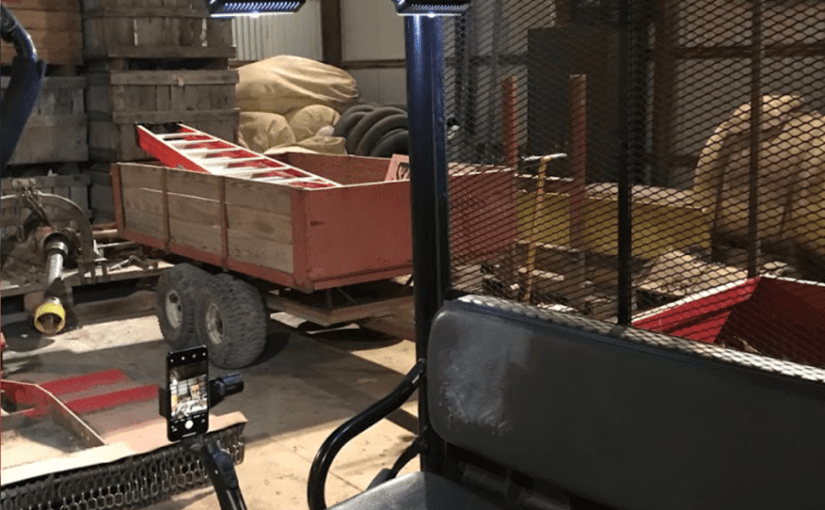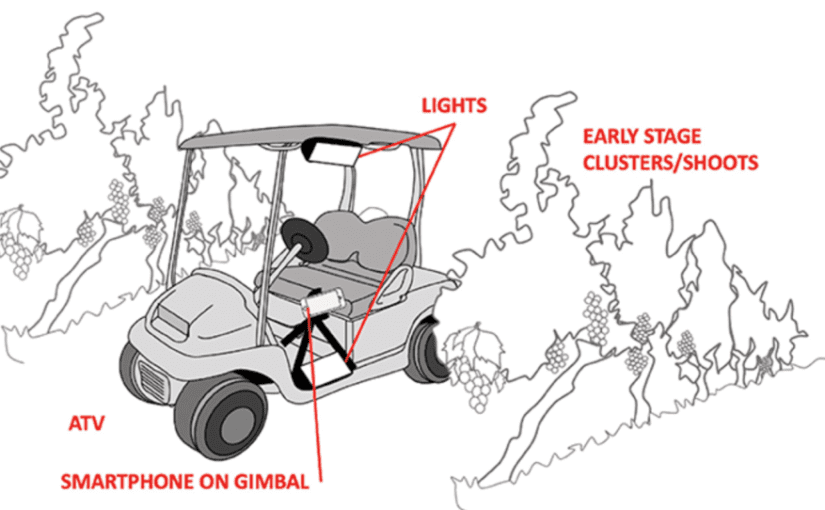Jun 24, 2021Cornell engineers, plant scientists pursue app to predict size of fall grape crops
Engineers and plant scientists from Cornell University are attempting to develop an inexpensive option for New York’s grape growers to predict how many tons of grapes will be harvested from their vineyards in the fall. For now, growers must rely on their own teams or cost-prohibitive cameras and programs to predict their crop yields.
Professor of Viticulture Justine Vanden Heuvel is from the School of Integrative Plant Science Horticulture. She says human counts of grape vineyards can be off by nearly 30%.
“So, we had a series of interns do and we found they were grossly off (laughs) in some situations. Someone might count 125 clusters on a vine and someone else might count 200 and something clusters on that same vine. We found there really wasn’t a lot of accuracy in human counts.”
Vanden Heuvel collaborates with Kirstin Peterson, an Assistant Professor of Electrical and Computer Engineering at Cornell. Her Doctoral Student Jonathan Jaramillo tweaked the human side of the counting in order to improve the accuracy of how many grape clusters are spotted by common photo recognition programs.


“If you only need them to count 20 vines, they can actually take their time and actually do it much more accurately … cause they’re not rushed to count a really large portion of the vineyard. Our computer vision algorithm will count the rest of the vineyard. All they need to do is to count a very small subset, very accurately.”
Jaramillo enters the manual hand count of Cornell’s vineyard into a computer program and then lets technology perform the rest of the counting. The clusters are spotted using his smart phone’s camera and low-cost lighting at night.
“The advantage with the computer vision data is you can quickly scan the entire vineyard and it’s much faster than trying to count the entire vineyard by hand. So, when we put these two data sets together we can create a more accurate prediction of how many grape clusters there are in the vineyard than we would be able to by just counting them a subset of the vineyard, manually.”
Fox Run Vineyards on Seneca Lake has a resident expert to predict how plentiful the fall grape crops will be. President and Co-Owner Scott Osborn says it’s still difficult to be consistently accurate about those predictions. He’s on a waiting list of vineyards to try-out Cornell’s smartphone app.


“It’s something we’ve been advocating in our industry for years… and the current stuff that’s out there is so expensive that a small winery like Fox Run just can’t afford to spend $12,000 – $20,000 on something you’re going to use once (per growing season).”
There has been strong interest from the wine industry both here in the US and across the globe for Cornell’s new vineyard crop counting app. It’s still in the development phase and won’t likely be ready until the 2022 growing season.
– John Smith, WAER, Syracuse University
Photo at top: Fox Run Vineyards president and co-owner Scott Osborn.

















